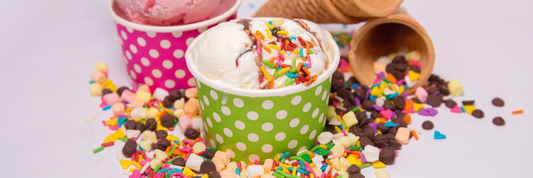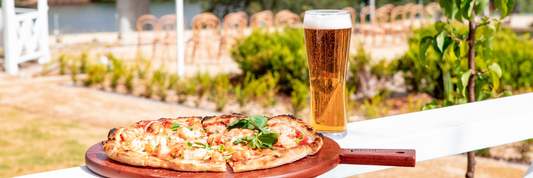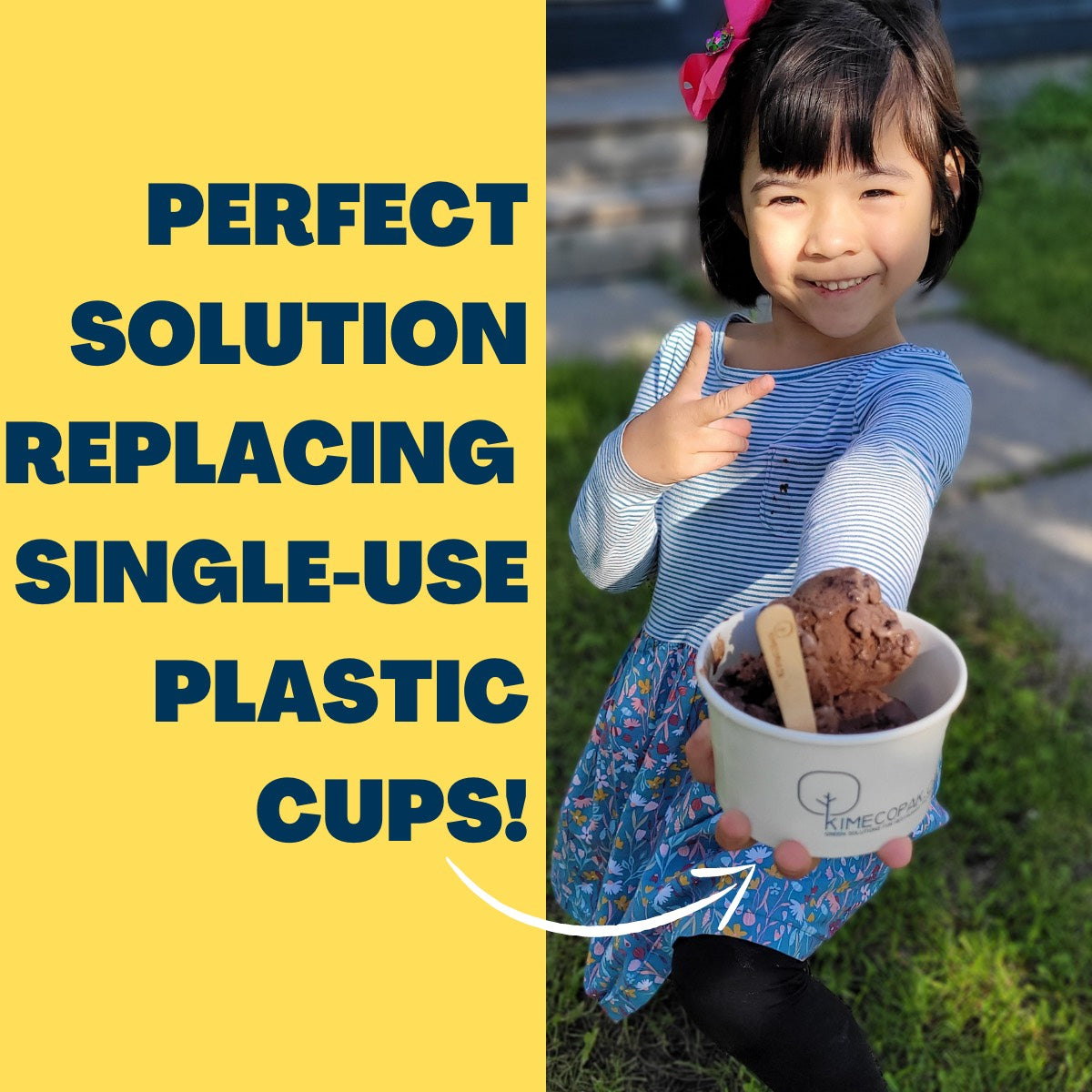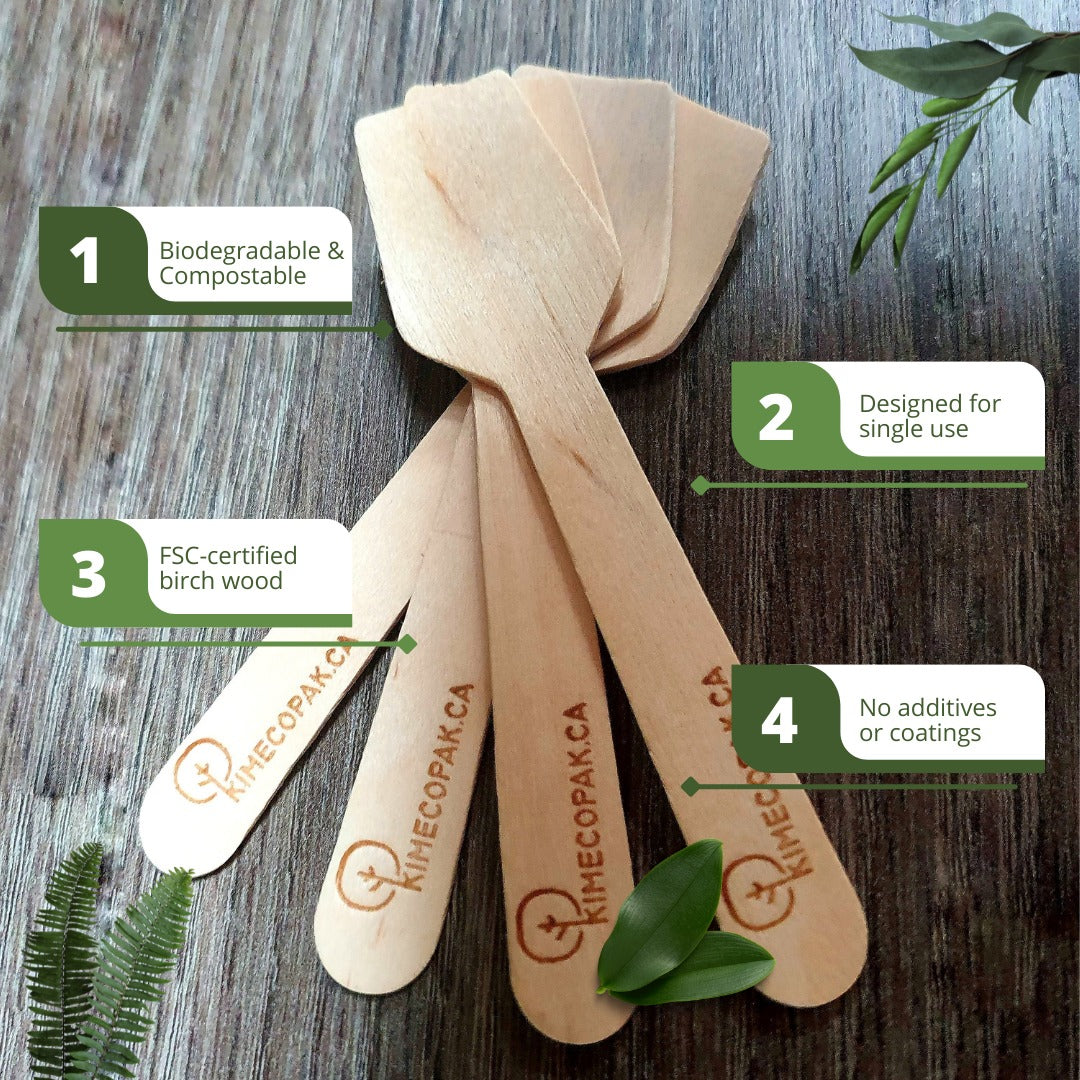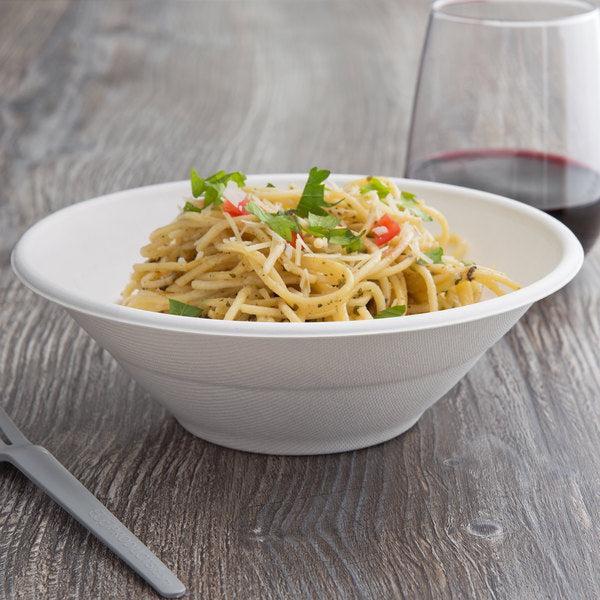Canning pickles at home is a rewarding way to preserve cucumbers while enhancing their flavor with spices, herbs, and vinegar. Whether you are a beginner or an experienced home canner, understanding the proper techniques ensures crunchy, flavorful, and safely preserved pickles. This guide will walk you through the process, from choosing the right cucumbers to sealing the jars properly for long-term storage.
Essential Canning Equipment & Preparation
Before starting, gather the necessary equipment to ensure a smooth canning process.

Tools You Need for Canning Pickles
- Canning Pot & Water Bath Canner – Used for processing pickles in a boiling water bath.
- Mason Jars & Lids – Sterilized glass jars with metal lids and rings. Ensure they are in good condition with no cracks or dents.
- Jar Lifter – Helps safely handle hot jars.
- Cooling Rack Alternative – If you don’t have a wire rack, use a folded kitchen towel at the bottom of the canner to prevent jars from direct contact with heat.
- Bubble Remover & Headspace Tool – Used to remove trapped air bubbles and measure the correct headspace in jars.
Sterilizing Jars Properly
- Wash jars, lids, and rings in hot, soapy water.
- Place jars in a large pot and cover them with water. Bring to a simmer and keep warm until ready to use.
- Lids should be warmed in a separate pot of hot water but not boiled, as excessive heat can damage the sealing compound.
Choosing & Preparing Cucumbers
Best Cucumbers for Pickling
- Kirby Cucumbers – Ideal for pickling due to their small size, firm texture, and crispness.
- Avoid Waxed Cucumbers – Grocery store cucumbers are often coated in wax, which prevents proper brine absorption.
- Choose Firm, Fresh Cucumbers – Soft cucumbers may lead to mushy pickles.

Prepping Cucumbers for Canning
- Wash Thoroughly – Remove dirt and debris by scrubbing cucumbers under running water.
- Trim the Ends – Cut off the blossom end (opposite of the stem) to prevent enzymes from softening the pickles.
- Decide on Shape – Whole pickles, spears, or chips. Cutting cucumbers into spears or slices allows for better brine penetration.
Making the Pickling Brine & Selecting Ingredients
The Perfect Pickling Brine Recipe
A good brine is essential for flavor and preservation. The basic recipe includes:
- White Vinegar (5% acidity) – Essential for proper preservation and tangy flavor.
- Water – Soft or filtered water is recommended to avoid mineral reactions.
- Pickling Salt (Non-Iodized) – Regular table salt contains additives that can cloud the brine.
Essential Ingredients for Flavor
- Garlic Cloves – Adds a rich, savory depth.
- Fresh Dill – Traditional in dill pickles.
- Mustard Seeds & Peppercorns – Enhance flavor complexity.
- Optional Additions: Bay leaves, red pepper flakes, or sugar for a touch of sweetness.
Packing & Sealing Jars Properly
How to Pack Cucumbers Tightly
- Arrange cucumbers in jars as snugly as possible without crushing them.
- Layer spices and herbs at the bottom or intersperse them for even distribution.
Removing Air Bubbles & Ensuring Proper Headspace
- Use a bubble remover or a non-metallic utensil to release trapped air.
- Maintain ½-inch headspace at the top of the jar to allow proper sealing.
Tightening Lids – Fingertip Tight Rule
- Place sterilized lids on jars and screw rings on fingertip tight (firm but not overly tight) to allow air to escape during processing.

Water Bath Processing & Storage
The Water Bath Canning Method
- Bring a large canning pot to a rolling boil.
- Lower jars into the boiling water using a jar lifter. Ensure they are fully submerged with at least 1 inch of water above the lids.
- Process based on jar size and altitude:
- Pint jars: 10-15 minutes at sea level
- Adjust time if at high altitudes
Cooling & Storing Pickles
- Carefully remove jars and place them on a towel in a draft-free area. Allow them to cool for 12-24 hours.
- Check the seals by pressing the center of each lid. If it does not flex, the seal is secure.
- Store sealed jars in a cool, dark place. Shelf life: Up to 1 year.
Common Mistakes & Troubleshooting
Why Are My Pickles Soft?
- Overripe cucumbers or insufficient trimming of the blossom end.
- Processing too long in the boiling water bath.
What If the Jars Didn’t Seal?
- Refrigerate unsealed jars and consume within a few weeks.
- Reprocess by reheating the brine, repacking the jars, and using new lids.
How to Adjust Flavor if Pickles Are Too Sour or Salty
- Reduce vinegar and increase water slightly for milder pickles.
- Rinse pickles before eating if they are overly salty.
FAQs About Canning Pickles
1. How long until pickles are ready to eat?
- Pickles taste best after 2-4 weeks of aging.
2. Can I use apple cider vinegar instead of white vinegar?
- Yes, but ensure it has at least 5% acidity for safe preservation.
3. How long do homemade pickles last?
- Properly sealed jars last up to 1 year. Refrigerated, opened pickles last about 3 months.
Conclusion
Canning pickles at home is a simple yet satisfying way to preserve fresh cucumbers. By selecting the right ingredients, following proper packing and processing techniques, and storing them correctly, you can enjoy crunchy, flavorful pickles year-round. Experiment with spices and herbs to customize flavors to your taste.
Now that you know how to can pickles, why not try different variations and make this a staple in your home pantry?



